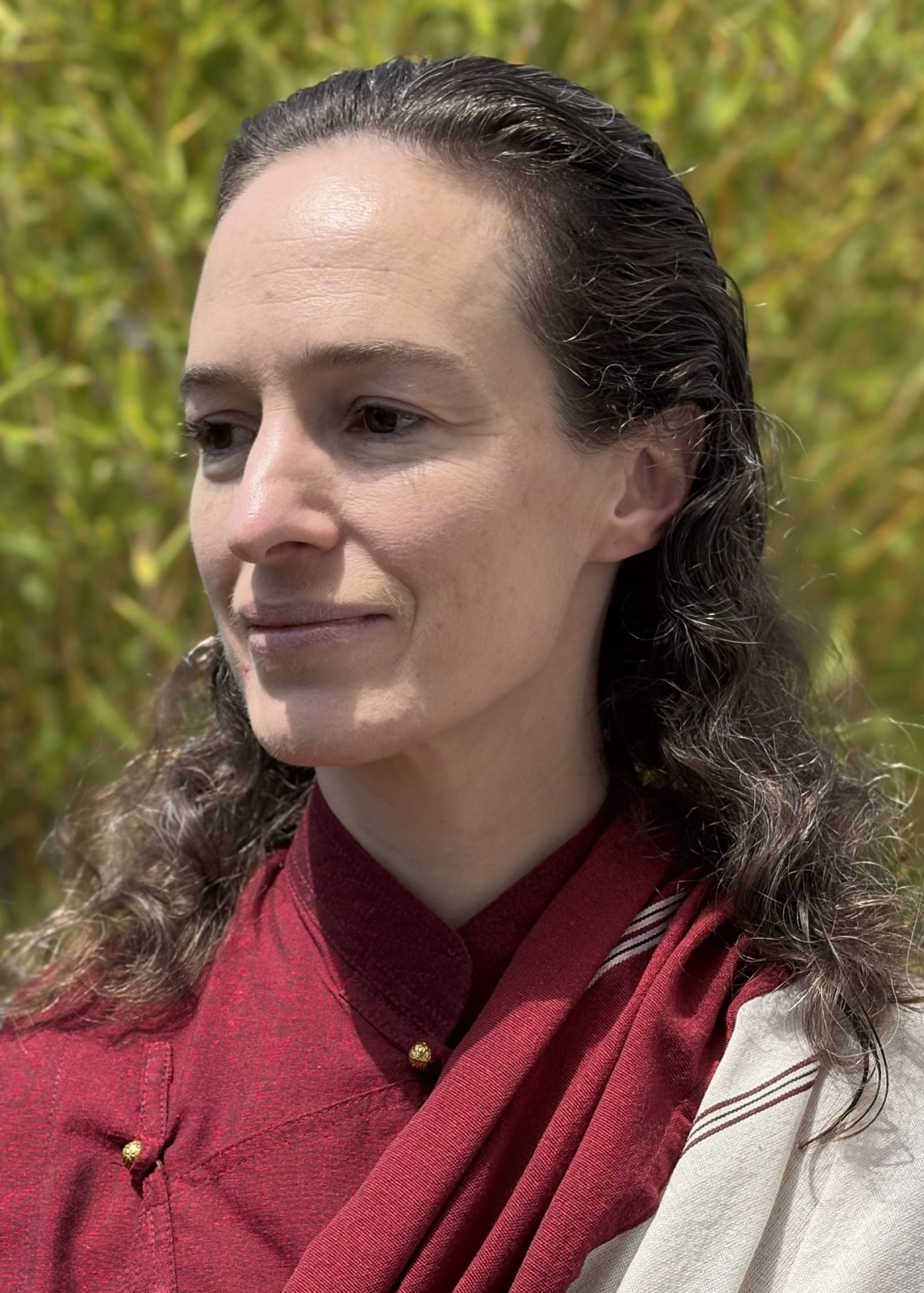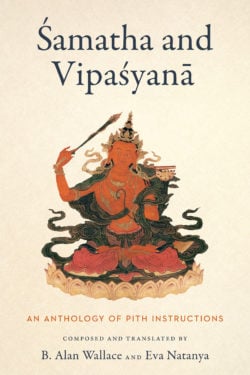Eva Natanya

Eva Natanya is a scholar of Indian and Tibetan Buddhism, Christian theology, and comparative religion, and has served in many capacities as a spiritual teacher, translator of Tibetan texts, author, and retreat leader. Following a nine-year career as a professional ballet dancer with both the New York City Ballet and the Royal Ballet of England, she earned an MA in Christian Systematic Theology at the Graduate Theological Union, and a PhD in Religious Studies from the University of Virginia. Her dissertation examined the complex interactions of Madhyamaka, Yogacara, and Abhidharma teachings as they underlie the Vajrayana philosophy of Je Tsongkhapa. She has spent more than four years in solitary meditation retreat, is the co-founder of the Center for Contemplative Research, and currently serves as resident teacher at the CCR’s Miyo Samten Ling Hermitage in Crestone, Colorado, while continuing her solitary retreat practice.
Books, Courses & Podcasts
Samatha and Vipasyana
Invaluable instructions on core meditations designed to bring about irreversible spiritual transformation.
For those who aspire to the total enlightenment of a buddha, the contemplative practices of śamatha and vipaśyanā play a crucial role from the beginning of the path to its culmination. Designed to free one first from the five obscurations that hinder the natural clarity and balance of the mind—and eventually from the ignorance that is the root of suffering—these practices, when imbued with bodhicitta, enable one to reach a pivotal stage within the Mahāyāna path of accumulation. This is the stage at which one gains irreversible, gold-like bodhicitta, after which one is assured of being a bodhisattva in all one’s future lifetimes until enlightenment.
The instructions gathered here are like a string of pearls spanning from the eleventh century to the present day. They include teachings from great Indian masters as well as renowned lamas of the past and present from the four major orders of Tibetan Buddhism, and many of the texts translated here stem from visionary teachings revealed by Mañjuśrī, Vajrapāṇi, Avalokiteśvara, and Padmasambhava. Introductions rich in biographical detail accompany each group of translated entries, providing historical context and drawing connections between complementary lineages. The concluding pith instructions from Lama Alan Wallace bring the anthology directly into the domain of contemporary practice, and a collection of links to a rich array of recorded oral teachings by eminent lamas, including His Holiness the Dalai Lama’s first teachings in the West, make this volume a treasure trove for the practitioner and scholar alike.

